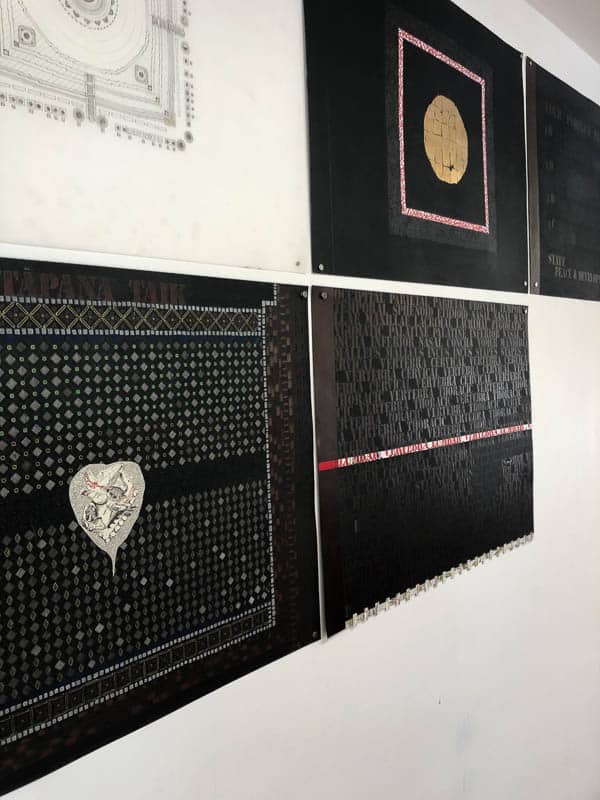The 37 Nats – Work in Progress
Nats play diverse roles in Burmese society. Originally inhabitants of the six inferior Hindu heavens and known as dewas, they were merged into Burmese Theravada Buddhism in the 11th century. Indigenous Burmese Nats were spirits of nature, the house, the air, the water, and the forest. They are often malevolent beings who must be propitiated with regular offerings. Folk custom lists 37 distinct varieties of Nats. As part of the incorporation of Nats into Buddhism King Anivuddha built the Shwezigon (Nirbanna-mula-bajkra-parya) Pagoda in Pagan during the 11th century, making it the official abode of the 37 Nats and turning the Shwezigon into the ancestral stele of all Burmese royalty. The Nats included royalty who had met violent death at the hands of political rivals and “their presence in effect stated that justice had to be attained in this life without having to wait endless cycles of rebirth implied in Karmic retribution.”
My interest in the Shwezigon began because of its role as a cultural, religious and philosophical crossroads. It is intriguing for the numerous levels of meaning it has acquired by amalgamating folk beliefs, Hindu dewas, Theravada Buddhism, a Buddha tooth and frontlet bone, a shrine to Burmese political power in the individual shrines to each of the 37 Burmese Royal Nats – ingredients that both honor and placate the dead and insure justice. I see the Shwezigon as a fascinating site that both questions and legitimizes power, a topic that currently occupies me. It also picks up on recurring themes running through the Anastylosis Project: the use of text, an interest in libraries, and the preservation of knowledge.
I have found that by the time I embark upon a drawing, I have done considerable research into a site and often have more information than appears in the finished drawings. I am currently experimenting with visual “books” about the Shwezigon, rather than just the research-heavy notebooks I have produced in the past. Some of these will remain studies while others may lead to larger drawings or artist books.
